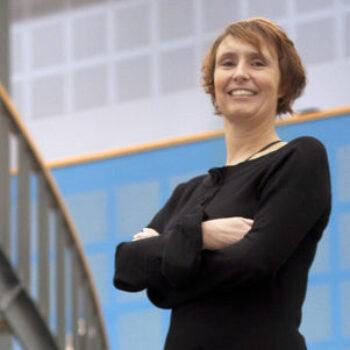Participatory City Making: Tools
The Participatory City Making project (2016-2019) created frameworks, directions, prototypes and tools for stakeholders to actively engage in exploring collaborative potentials, defining their roles in city making processes. This article shares several tools.
Transparency Tool
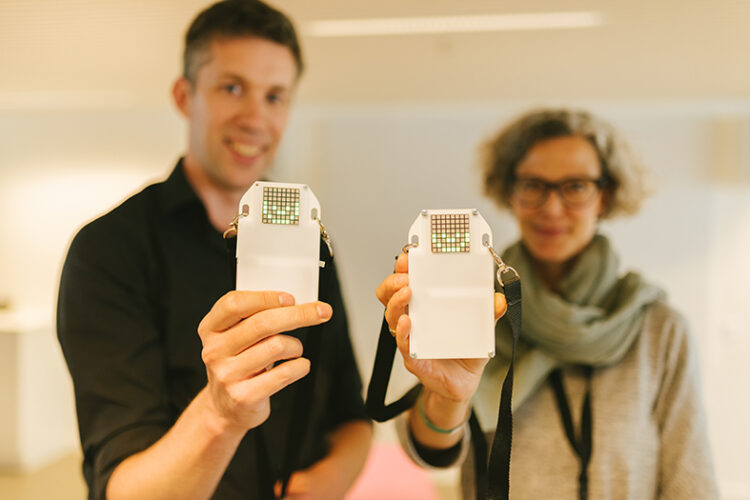
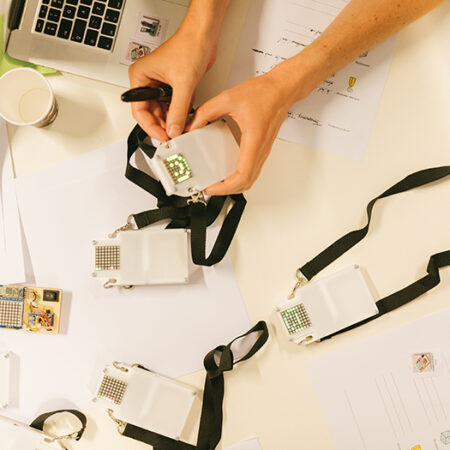
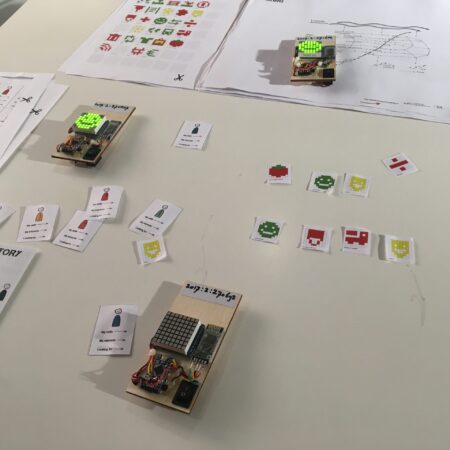
The Transparency Tool is a smart matchmaking tool-set that consists of connected, wearable devices that can be used for networking events. The tool intends to enhance transparency and efficiency in networking situations and to serve as a conversation starter. It diminishes barriers between social silos.
During a city making event, each participant wears one device visibly, as a conference badge. Beforehand, a personal profile of interests has been uploaded onto the device. As soon as participants with similar or compatible interests are within certain proximity of each other, each device will give a visible signal hereof. The device enables the stakeholders to get unexpected, yet meaningful contacts in their city making practices.
This is how it works:
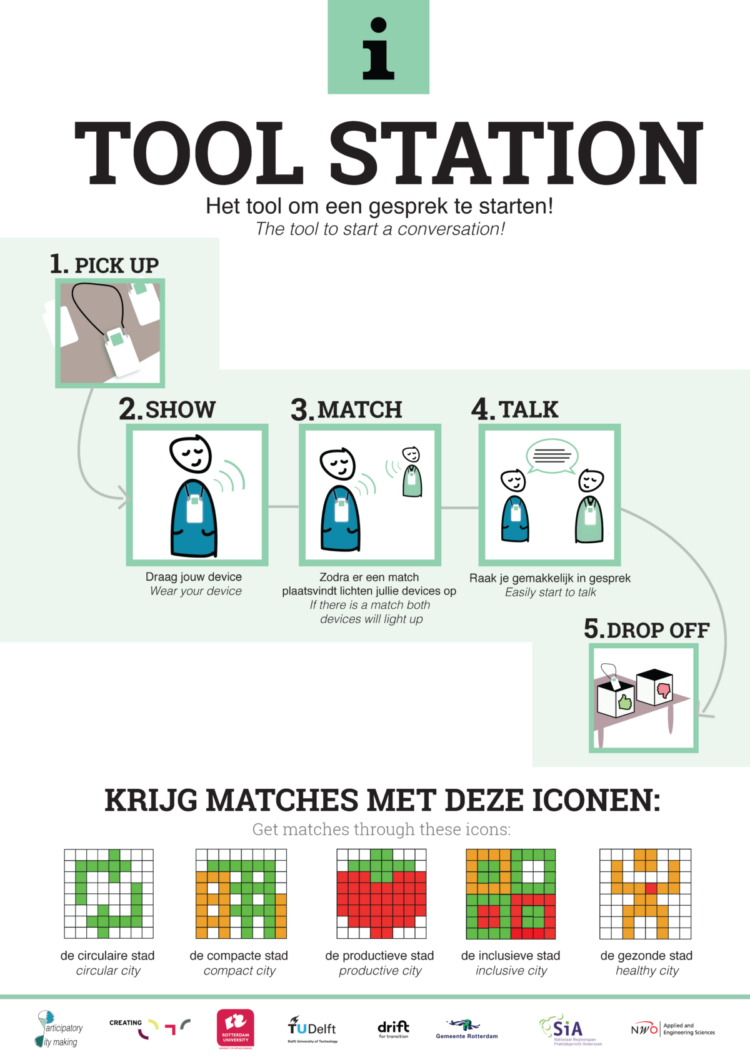
Tool2
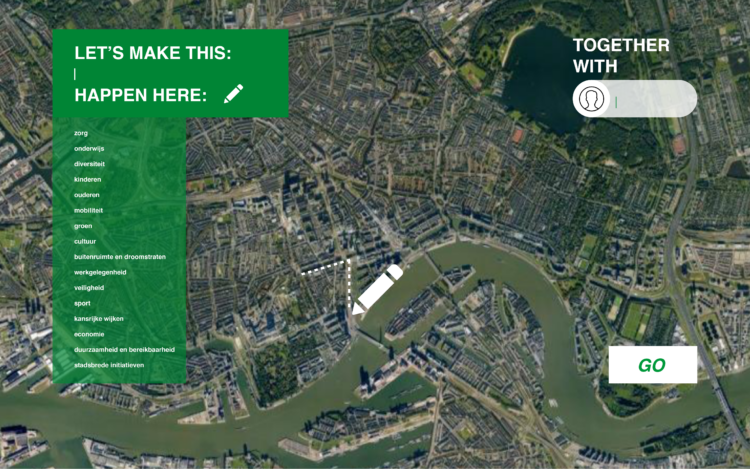
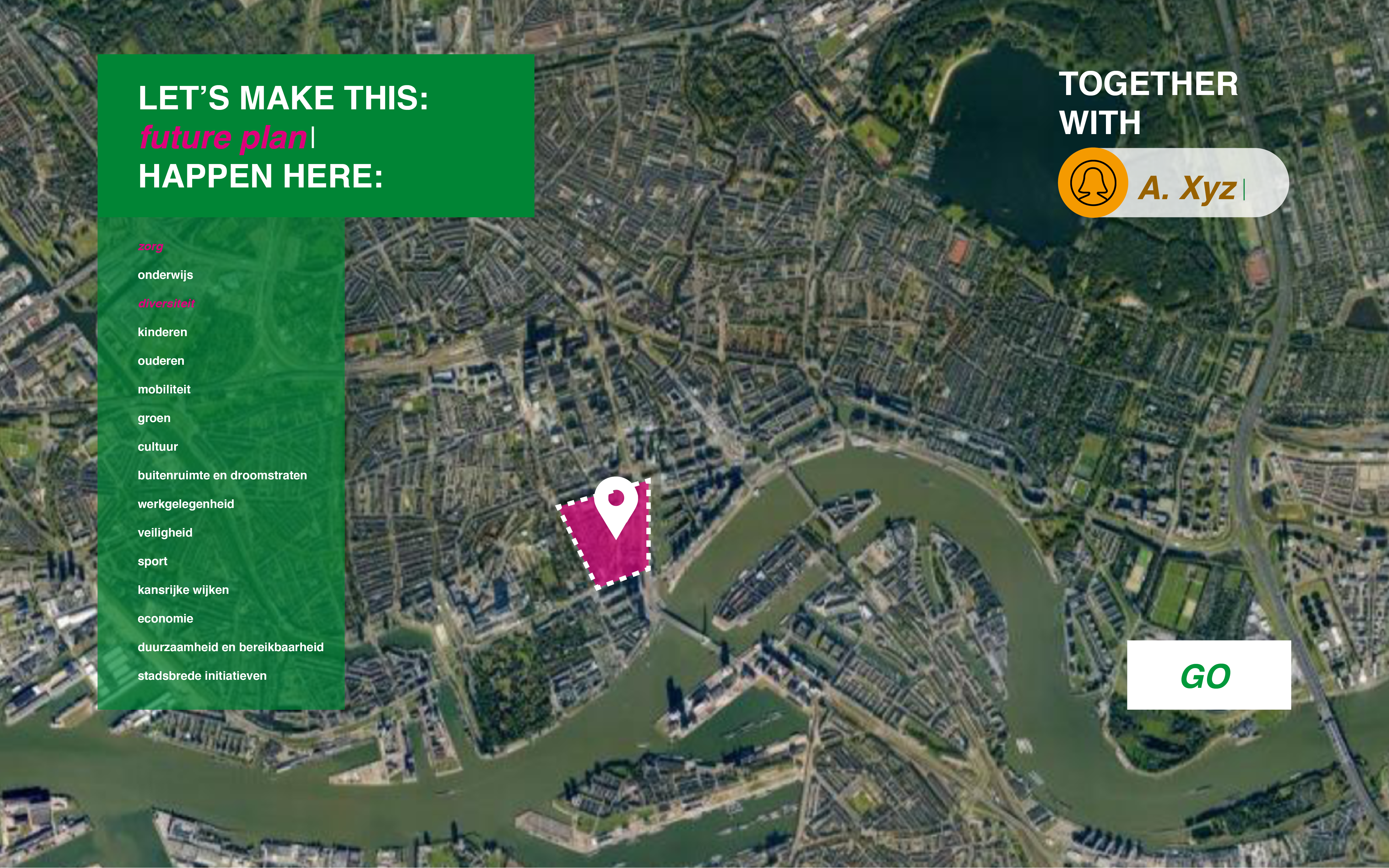
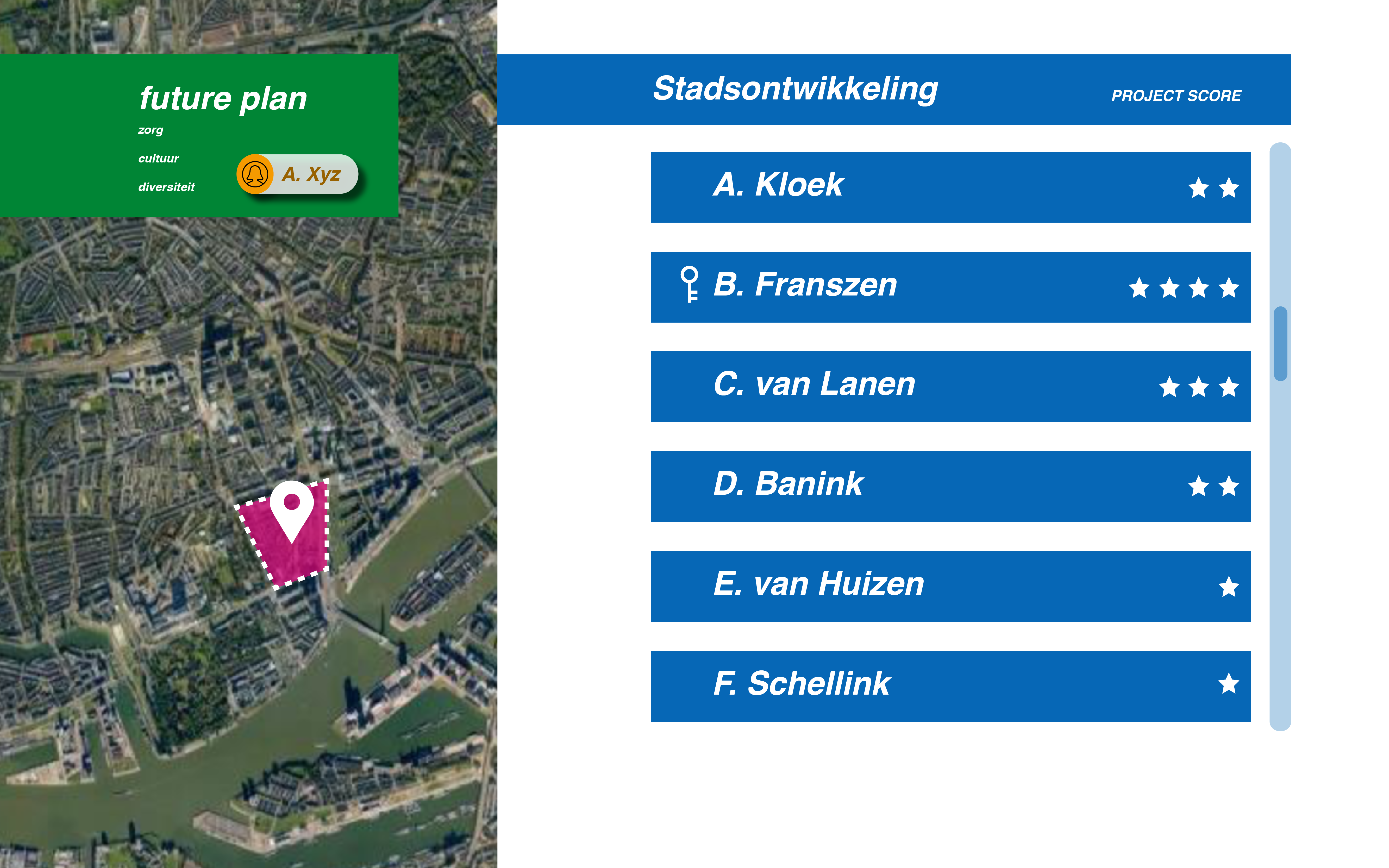

Tool2 is a web-based city making tool helping initiatives to talk to the “right“ civil servant, the challenge of many innovative city-making groups. By adding information you have about your city-making idea (place, topic, idea/word, or a person at the municipality, you talked to), the tool will return to you instantly with suggestions on suited civil servants to talk to. These civil servants are experienced in projects similar to yours in one way or another or role within a department that you need to communicate with.
The tool facilitates a first step to a face-to-face meeting. It serves the initiative taker as well as the civil servant. The tool seeks to connect spatial information (local, but also international) with people. Also, it serves as an inventory of existing initiatives for mutual knowledge exchange.
The tool is in the stage of modelling (clickable prototype) and needs further technical and user experience development.
Tool2 was developed together with future users of the tool: experienced initiators of Rotterdam city-making groups and organisations, such as cultuurscout Rotterdam, Stadslab Cool-Zuid, Marconia, and Stadslab Luchtkwaliteit. Also, several civil servants of different municipal departments were invited to co-create and co-design this tool.
The iterations were based on workshops and one-on-one interviews. Various methods for RtD were used, such as the users’ own experiences, a fictive case, an image depicting the elements of the concept, and paper prototypes. By doing so, the team could in a co-creative way fully explore the possibilities of the concept as well as the user experience.
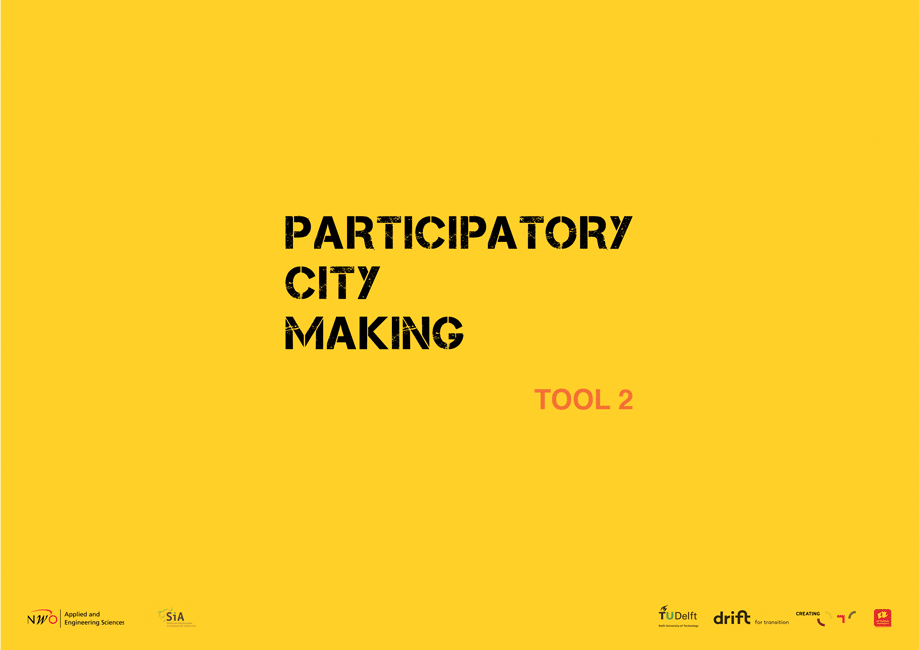
Verhaalt
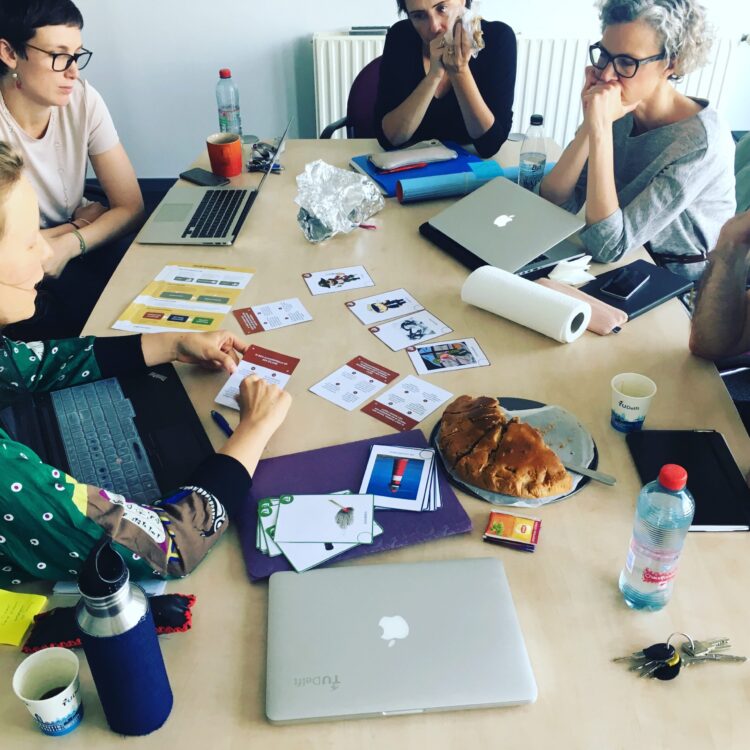
By Paula Steenstra
When to play the game?
The object of the game is to create a space for the players (as participants in an initiative) to discuss their expectations, experiences and desires about their own and other one’s skills, positions and resources in the group. Use this game when:
- The participants in the group don’t know (about) each other
- There is (a feeling that there is) always a lot of discussion but little or unsatisfying results
- People feel uncomfortable with how things are going right now
- The group needs a refreshment in their practices to increase their progress
- There is a or there are overruling participant(s)
How does it work?
This game is all about metaphors with which you will identify. In the context of the initiative the players will imagine a storyline, for example the sailing of a boat. Players will need to select a character, a setting and an object of that story that they identify with, for example the captain, the crow’s nest and the deck mob. On the back of the card a quote and two positive and two negative effects of that card on the collaboration are described. After every player having explained his/her selected cards, the discussion will be opened. When the game is played for the goal of exploring roles the players can play the discussion options ‘go search for’ and ‘why not?’. When the game is played for the goal of reflection the players can play the discussion options ‘the effect’ and ‘a bit more/less like’. Finally the players have selected, explained and discussed about characters, positions and objects in the metaphor of that boat.
Though noting is more true than that, the players have been selecting, explaining and discussing about their own and each others roles in the collaboration within the initiative and their experiences, expectations and desires about them.
City Tool Depot
All tools as well as impressions of the exhibition, workshops, and discussions of the project are bundled in a booklet. Download the pdf here: PCM LAB at Border Sessions 2018 LR or view it on Issuu:
Below are short films of some of the tools:
Mijn Wijkplan/ Planterra
Blik op Buurt/ Mercedes Leipoldt
Dismissing data neutrality/Yannick Mulder and Nisse van Rossum (AUAS)
